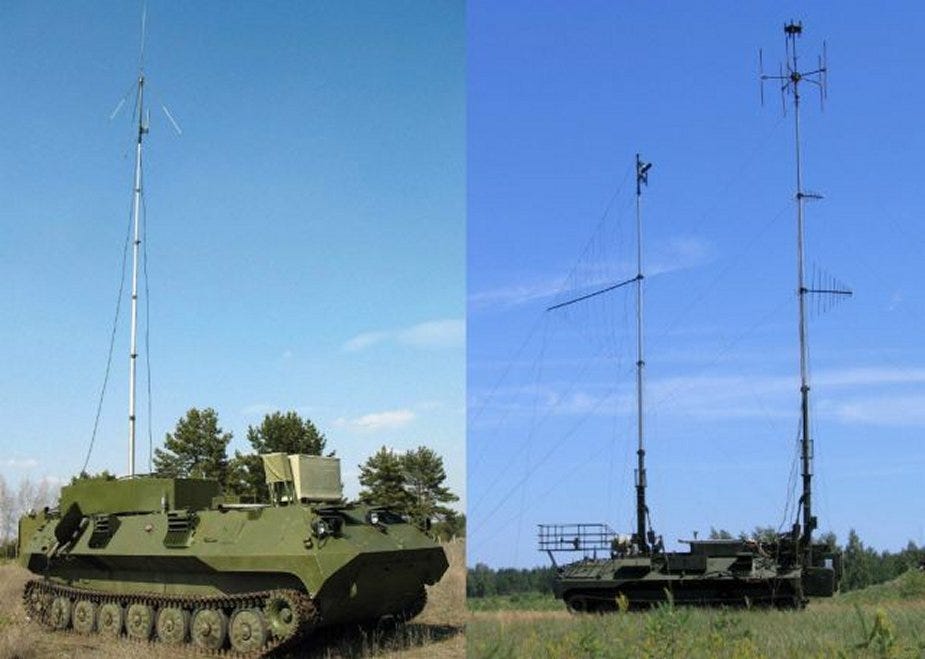Ukrainian Loitering Drones Wipe Out $400 Million in Russian EW Gear
Russian EW systems are high-value targets, now more than ever. And Ukraine just killed two.
In another blow to Russian military capabilities, Ukrainian bomber drones have successfully destroyed two of Russia’s more advanced and expensive electronic warfare (EW) systems: the RB-301B Borisoglebsk-2.
The confirmed kills were announced by Ukraine’s Operational Command South on April 15, accompa…
Keep reading with a 7-day free trial
Subscribe to Eyes Only with Wes O'Donnell to keep reading this post and get 7 days of free access to the full post archives.



